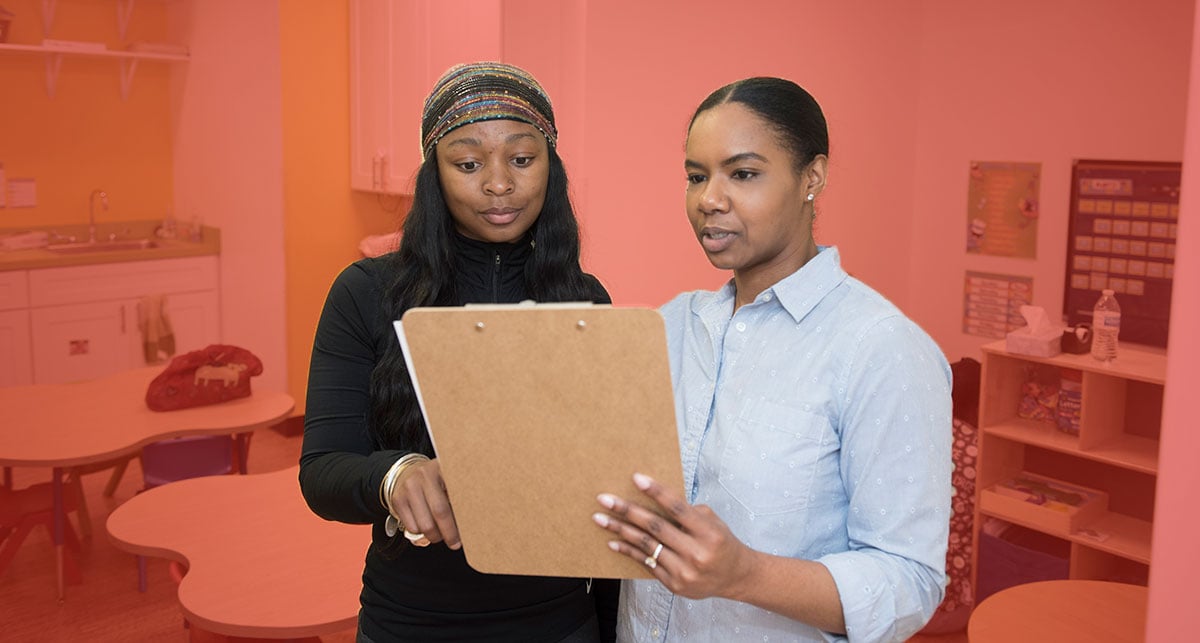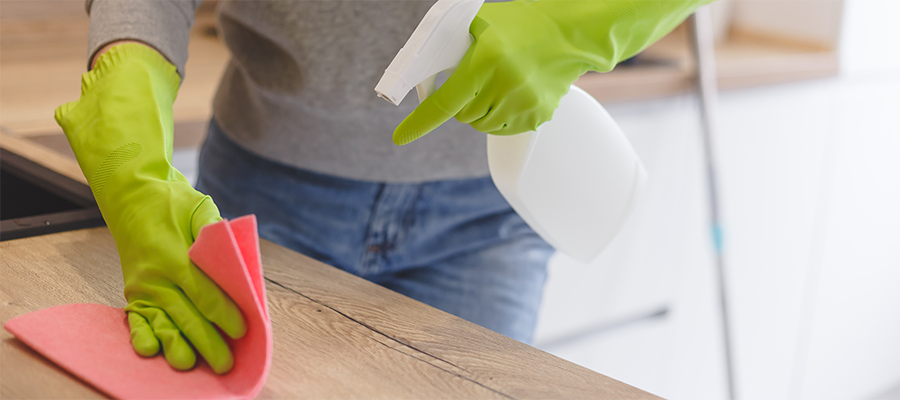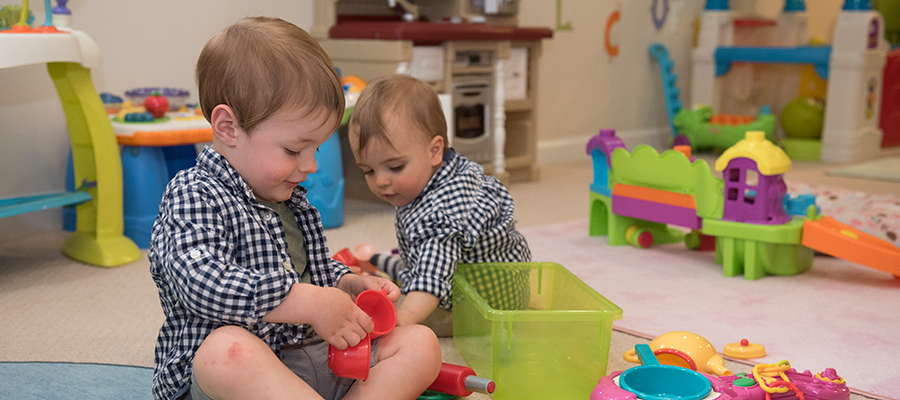
You may have seen reports of potential violence across the country leading up to the Presidential inauguration on January 20. We have heard from child care providers concerned about their program safety, the safety of their families and staff, and whether they should remain open for the next several days.
Emergency threats (whether they are caused by human behavior, extreme weather or viruses) may make you feel out of control and increase feelings of fear and anxiety. Your feelings are valid. Remember – emergencies can happen at any time, so we’d like to help you take some steps to feel more prepared and ready for any type of emergency.
Child care programs ensure the safety of children day in and day out. Providers ensure that children receive healthy food, practice emergency drills and focus on safe environments every day. Because child care providers are experts in early childhood well-being, they are better prepared than most for many types of emergency events.
One integral part of preparedness is awareness. It is important that everyone is aware of their surroundings and the potential hazards they face. Situational awareness can be defined simply as “knowing what is going on around us.”
Focus on what you can control:
- Communicate your emergency plans with families and staff, including plans for:
- Relocation and reunification if necessary.
- Alternate transportation routes, if needed.
- Update emergency contact information for each enrolled child.
- Update emergency supply kit contents based on the needs of children currently enrolled in your program.
- Do you have enough supplies for sheltering in place? Do you have supplies ready to go if there is a need to evacuate quickly?
- Offer a variety of materials and activities to children that help them express themselves.
- Limit media coverage and adult discussions about the potential threat in front of children.
- Model calm. Children pick up emotional cues from adults.
- Validate the feelings of children, parents and staff; offer a safe place for discussion. If children express concerns, reassure them that you are keeping them safe. Keep explanations about events brief and simple.
- As much as possible, provide a ‘normal’ routine for the children in your care — they thrive in consistent and predictable environments.
Taking proactive preparedness steps, in advance of an emergency, can help you take control of many types of situations. Child Care Aware® of America’s Emergency Preparedness, Response and Recovery team recommends that child care emergency plans be reviewed periodically, at least each year, to ensure that they are up-to-date, match the needs of children currently enrolled and are communicated to families and staff. Now is a good time to consider potential actions that you may need to take in an emergency and ensure that your plan is updated and communicated well.
- First make sure that you are aware of the happenings in your community. Subscribe to emergency alerts from local law enforcement and/or emergency management agencies in your jurisdiction and be prepared to follow their instructions. Ensure you have a television and radio nearby to hear any emergency alerts. You can also follow the social media channels of local law enforcement and emergency management agencies.
- For most emergencies, you will either need to shelter in place or evacuate your location. Ensure you and any staff and children know where to go should you need to evacuate or stay put, depending on the event.
- Ensure staff and program volunteers are trained on the emergency plan and processes. Also, share information with parents about your emergency plan.
- Make sure you are prepared to take extra steps to meet the unique needs of infants and toddlers.
- Ensure your emergency kits are stocked and updated. The type of emergency will determine the contents of your kits.
- Consider how your emergency preparations might be affected by COVID-19.
- Is your communication plan updated? How will you contact your staff in an emergency? What about families? Make sure you have valid phone numbers for them, as well as multiple ways of contacting them. Text messages, social media and phone trees are all great ways to communicate.
- Be sure you are prepared to support the social-emotional needs of the children in your care.
- Lastly, encourage staff to practice self-care and don’t forget to practice it yourself! Tensions are high and it is important that you are taking care of yourself.
In summary, you can ensure the safety of those around you by recognizing local threats or events and following guidance from your local first responders and emergency management officials to ensure program safety, while also practicing self-care and addressing the social-emotional needs of the children, families and staff in your care.
Additional Resources:





